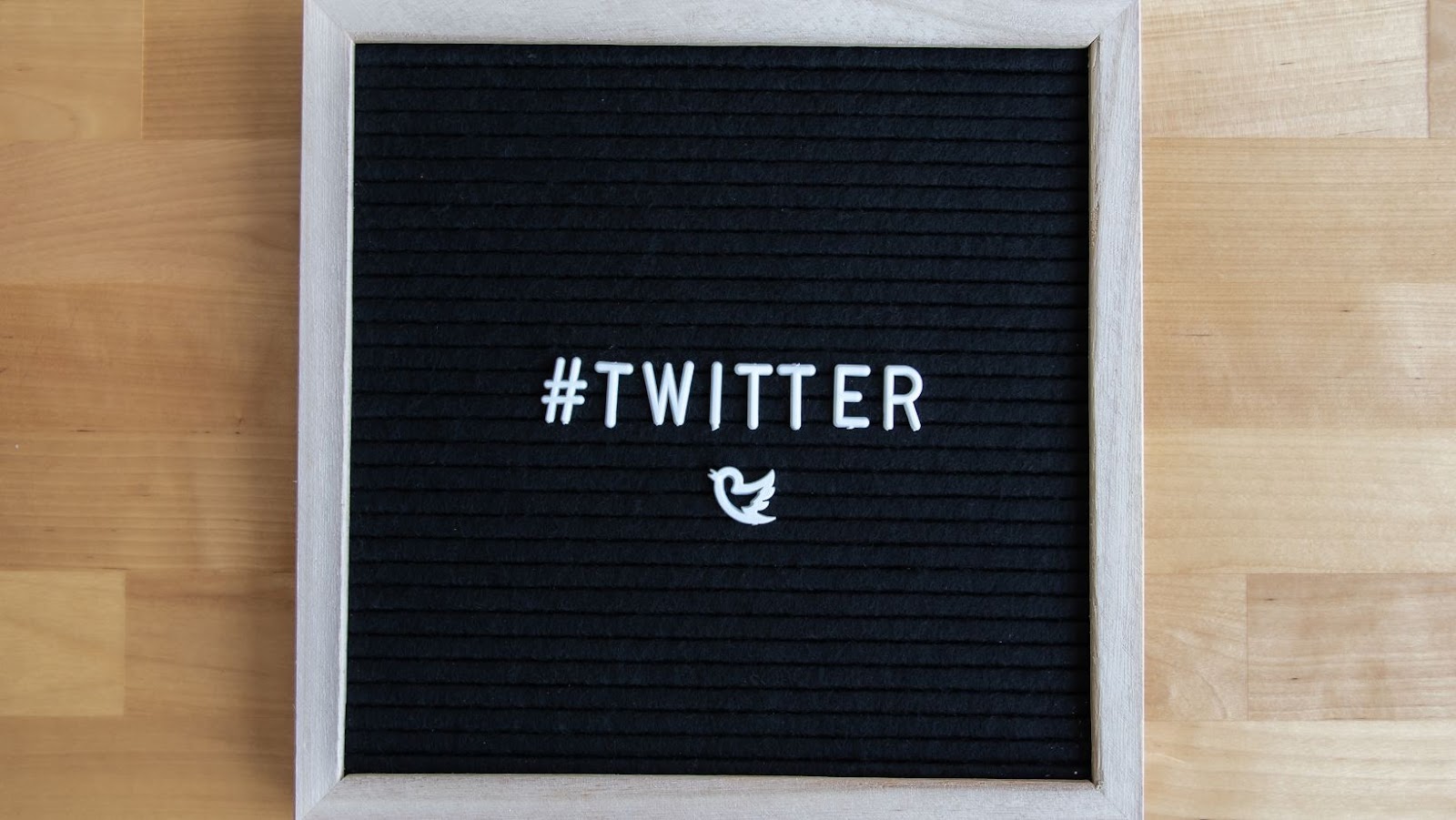With the growth of social media platforms, Twitter has become a household name and has attracted a wide variety of users, from celebrities to businesses.
In this article, we will take a look at the various types of Twitter users, from the individual user to the corporate user. We’ll look at the different demographics and how followers interact with each other.
Twitter User Demographics: Age and Gender
Twitter is a social media platform that has a diverse audience with different ages and genders. According to recent studies, the majority of Twitter users are male who fall between the ages of 18-29.
Here is a breakdown of male and female users across all age groups:
Age 18-29: Males – 22%, Females – 15%
Age 30-49: Males – 23%, Females – 18%
Age 50-64: Males – 13%, Females – 10%
Age 65+: Males – 7%, Females – 5%
It is important to note that the demographics of Twitter users can vary based on location, interest, and cultural background. Twitter provides a unique opportunity for businesses and individuals to connect with an engaged audience, regardless of age or gender.
Geographic Distribution of Twitter Users
Twitter is a global social media platform with over 330 million active users. The geographic distribution of Twitter users is relatively evenly spread throughout the world. However, there are some areas with higher concentrations of Twitter users than others.
In the United States, the largest number of Twitter users are located in California, followed by New York and Texas. In Europe, the United Kingdom has the highest number of Twitter users, followed by France and Spain. In Asia, Japan leads with the most Twitter users, followed by India and Indonesia. Latin America has a significant population of Twitter users, with Brazil having the highest number of users in the region.
Overall, Twitter users are diverse and come from a variety of backgrounds and cultures. They use the platform for various reasons, such as staying informed, networking, or sharing their thoughts and opinions on various topics.
Pro Tip: To reach a global audience, businesses and individuals can use Twitter’s language and location targeting features to ensure their content reaches their intended audience.

@riyokun0503
According to a recent survey, Twitter users span different education and income brackets, providing a diverse user base and scope for substantial reach for businesses marketing on the platform.
Education brackets:
- 42% of Twitter users have completed college-level education.
- 16 % hold master’s, PhDs or other advanced degrees.
Income brackets:
- Around 37% of the users earn under $50,000 per year.
- More than 25% of Twitter users have an annual income between $50,000-$74,999, while around 22% earn $75,000 or more.
Understanding the demographics of Twitter users can help businesses create targeted marketing campaigns and strategies that cater to the specific needs of users in different education and income brackets.
Twitter User Behavior
Twitter is one of the most popular social media networks, and its users come from all sorts of backgrounds and interests. Understanding Twitter user behaviours can give you an insight into how to use the platform to your advantage.
In this article, we will explore the different types of Twitter users, their behaviours, and how to target them.
@nyanco_h
Twitter is a platform where users showcase their interests, react to current events and engage with others in real-time. Based on their behaviour on the platform, Twitter users can be broadly categorised into four types:
Information seekers: These users tend to search Twitter for up-to-date news, opinions, and trends on various topics. They are often looking to learn and discover new things.
Social butterflies: These users use Twitter mainly to connect and interact with their friends, family, and peers. They retweet, like, and join conversations to build relationships and foster a sense of community.
Self-promoters: These users use Twitter to promote themselves, their businesses, and their personal brands. They often post links to their websites, blogs, and products to increase visibility and engagement.
Lurkers: These users are passive and prefer to consume information rather than actively engage on Twitter. They might read tweets and monitor conversations without posting or responding.
By paying attention to the user behaviour, businesses and brands can develop effective strategies to engage with their target audience on Twitter.
@koccapi
Twitter users are diverse, with varied interests and behaviour patterns when it comes to engaging with brands. However, two primary groups of Twitter users stand out:
The first group is highly engaged, with a demonstrated interest in following and interacting with brands on Twitter. These users are more likely to retweet, like, or reply to a brand’s tweets, and often expect personalised responses or offers from the brands they engage with.
The second group is less active, using Twitter primarily for consuming content and staying updated on news and trends. These users might still follow brands, but they are less likely to engage with them actively.
Understanding these two distinct user groups can help brands better tailor their Twitter engagement strategies and create valuable, relevant content that caters to their target audience.
Pro tip: Brands should aim to strike a balance between promotional and informative content, and provide personalised responses to user queries and concerns to boost engagement on Twitter.

@_udongechan
According to recent studies, Twitter users are quite active and use the platform multiple times a day, with the average Twitter user spending 3.39 minutes per session.
Here’s a breakdown of Twitter usage frequency and duration:
1. Daily Usage: Approximately 40% of Twitter users log into the platform multiple times per day, with 29% using it once a day, and 26% using it less than once a day.
2. Weekly Usage: Only 5% of Twitter users use the platform less than once a week.
3. Duration: The average Twitter session lasts for 3.39 minutes, with around 20% of sessions lasting longer than 10 minutes.
These statistics show that Twitter users are an engaged and active audience, making it a valuable platform for businesses and individuals looking to connect with their target audience.
Twitter User Characteristics
Twitter has grown to become one of the world’s largest social media platforms, and recently, it was reported that there were 330 million monthly active users on the service.
But who are these Twitter users, and what are their characteristics? In this article, we will take a deeper dive into the world of Twitter users and explore their various characteristics.
Twitter Users with Large Followers Count
Twitter users with a large follower count are typically influential individuals or organisations with a strong online presence and engagement with their audience.
Here are some common characteristics of Twitter users with a large follower count:
Consistency – These users regularly post engaging and relevant content for their followers, often on a daily basis.
Authenticity – They have a unique voice and perspective that sets them apart in their niche or industry.
Engagement – This group actively interacts with their followers by responding, liking, and retweeting tweets.
Niche-specificity – They have a specific area of expertise or focus, making their content and opinions more valuable to their followers.
These characteristics can help aspiring Twitter users to build a loyal following by creating valuable content and engaging with their audience on a regular basis.
Characteristics of Verified Twitter Accounts
Verified Twitter accounts are those accounts that have been authenticated by Twitter as belonging to a real public figure, celebrity, or brand. These accounts have a blue checkmark next to their username, indicating that they have been verified.
Here are some characteristics of verified Twitter accounts:
– High follower count: Verified accounts typically have a large following, with many followers in the thousands or even millions.
– Regular and consistent posting: Verified accounts tend to post content regularly, keeping their followers engaged with their brand or persona.
– High engagement rate: Verified accounts often have high engagement rates, with many likes, retweets, and replies to their posts.
– Professional or public figure status: Verified accounts are typically associated with individuals or organisations that hold a prominent position in their field or industry.
– The verification process is rigorous and requires multiple forms of identification to prove the account’s authenticity.
These characteristics are essential to ensure a verified account’s validity and to allow users to differentiate between authentic accounts and impersonators.

Personality Traits and Psychographics of Twitter Users
Twitter users are a diverse group with a variety of personality traits and psychographics. According to a study by the Pew Research Center, the following characteristics of Twitter users have been identified:
Age: Twitter is more popular among younger adults, with 45% of users aged 18-29.
Gender: Women are slightly more likely to use Twitter than men.
Education: Twitter users are more likely to have a college degree or higher.
Income: Higher-income earners are more likely to be Twitter users.
Urbanity: Urban residents are more likely than suburban or rural residents to use Twitter.
Politics: Twitter users are more likely to identify as Democrats or left-leaning independents.
Personality: Twitter users are more likely to identify as extroverted and open to new experiences compared to non-Twitter users.
Knowing the personality traits and psychographics of Twitter users can help marketers tailor their messaging and targeting strategies to better connect with this particular audience.
























































































